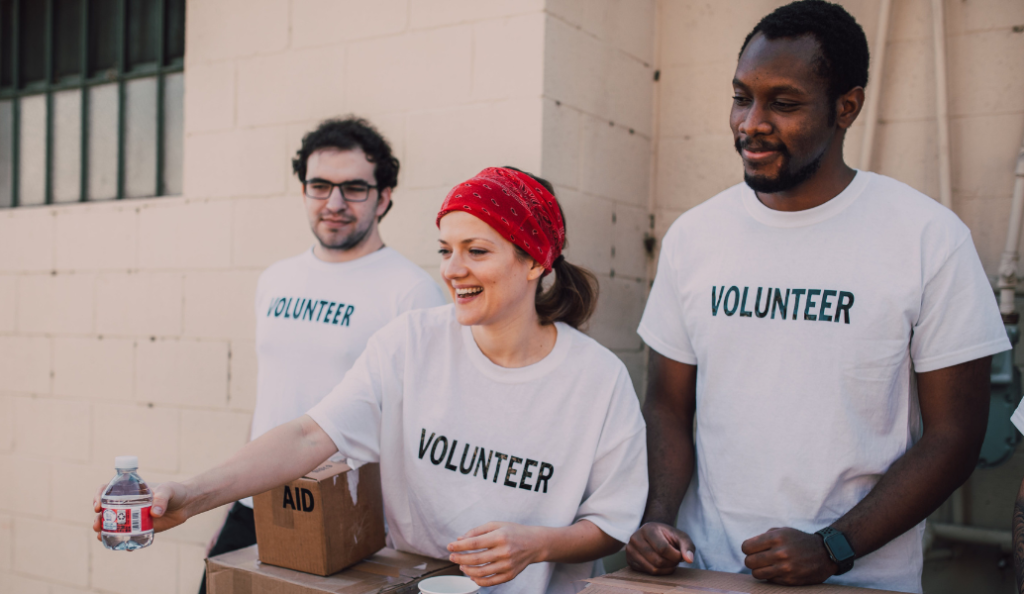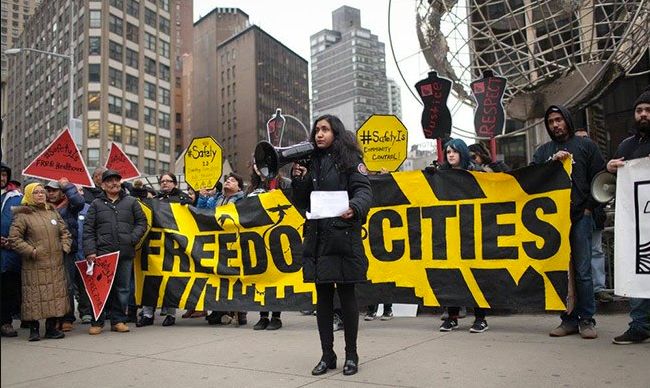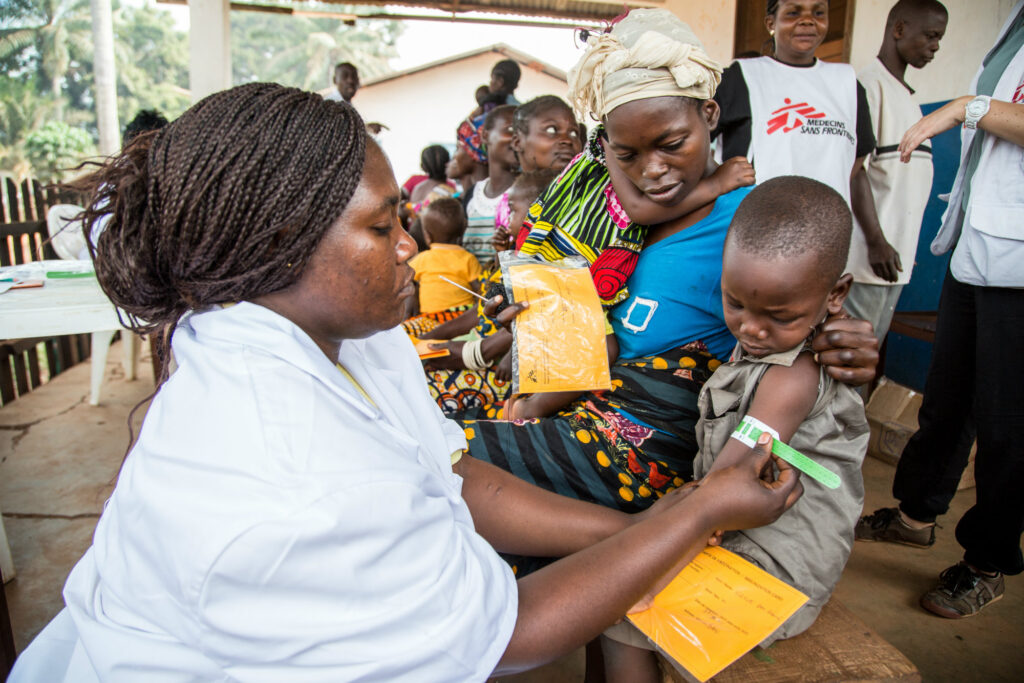Success Stories: Non-Profits That Nailed Donor Fatigue Handling
Non-profit organizations play a critical role in addressing social and humanitarian issues across the world. They rely heavily on donations from individuals and corporations to carry out their activities. However, over time, some donors may experience donor fatigue, a phenomenon where they feel overwhelmed and exhausted from constantly receiving donation requests from non-profits. This blog will explore what donor fatigue is, how to handle it, and some interesting stories of how non-profit organizations have previously handled donor fatigue.

What is Donor Fatigue?
Donor fatigue is a situation where donors, after receiving numerous requests for donations, become exhausted and overwhelmed, resulting in a decrease in their willingness to contribute. Donor fatigue is prevalent in the non-profit sector, where organizations rely on donors to fund their activities. While non-profit organizations are crucial in addressing social and humanitarian issues, the constant need for donations can cause donor fatigue.
According to a study by the Fundraising Effectiveness Project, only 43% of donors who made a gift in 2018 made a donation in 2019. This shows that donor fatigue is a prevalent issue in the non-profit sector. Furthermore, 53% of donors who lapsed in 2018 did not give to any other organization in 2019, indicating that they may have experienced donor fatigue.
Handling Donor Fatigue
Donor fatigue can be detrimental to the success of a non-profit organization. Therefore, it is essential to handle it effectively. Here are some ways to handle donor fatigue:
Develop a donor retention plan – A donor retention plan helps organizations maintain donor relationships and encourage continued donations. The plan should include regular communication with donors, expressing gratitude for their donations, and providing updates on the organization’s activities.
Diversify fundraising activities – Non-profit organizations should consider diversifying their fundraising activities to reduce donor fatigue. This can include hosting events, selling merchandise, or creating a membership program.
Personalize communication – Personalized communication strategy with donors can make them feel appreciated and valued, increasing their willingness to donate.
Use social media – Social media is an effective tool for non-profits to reach out to potential donors and keep existing donors engaged. Organizations can use social media to share stories, post updates, and show the impact of their work.
Interesting Stories of How Non-Profit Organizations Handled Donor Fatigue
1. Charity: water - "The Spring"
Charity: water is a non-profit organization which provides clean drinking water to people in developing countries. In 2011, the organization launched a campaign called “The Spring,” which aimed to raise $1.7 million in 100 days. However, just a few weeks into the campaign, the organization noticed that donations were slowing down. Rather than continue with the same approach, they decided to change their messaging and focus on the impact that donors could have on individuals and communities. They also created a sense of urgency by reminding donors that every day, 4,500 children die from water-related illnesses. These changes resulted in a surge of donations, and the organization ultimately exceeded its fundraising goal.
2. ACLU - "Freedom Cities"
In 2017, the American Civil Liberties Union (ACLU) launched a campaign called “Freedom Cities,” which aimed to protect the civil liberties of individuals in cities across the United States. The campaign included a series of ads that were meant to be provocative and controversial. However, some donors felt that the ads were too confrontational and were turned off by them. In response, the ACLU shifted its focus to highlighting the positive impact that the organization was having in communities across the country. They created a video that featured ACLU staff and supporters talking about their work and the impact that they were having. The video was well-received and helped to re-engage donors.
3. Doctors Without Borders - "Be Part of the Story"
Doctors Without Borders is a non-profit organization that provides medical assistance to people in crisis situations around the world. In 2019, the organization launched a campaign called “Be Part of the Story,” which aimed to raise awareness and funds for its work. The campaign included a series of short films that highlighted the experiences of patients, staff, and volunteers in different parts of the world. The films were emotional and powerful and helped to re-engage donors who may have become fatigued with the organization’s messaging. The campaign ultimately exceeded its fundraising goal and helped to raise awareness of the important work that Doctors Without Borders is doing around the world.
How can perfect doc studio help?
Communication software like Perfect doc Studio can play a crucial role in reducing donor fatigue for non-profit organizations.
Personalization – Perfect Doc Studio can help non-profits personalize their communication with donors, making them feel appreciated and valued. Personalized communication can include customized messages, donor-specific updates, and individualized thank-you notes.
Automated Responses – Perfect Doc Studio can automate certain responses to donors, such as acknowledging their donation, thanking them for their support, and providing updates on the organization’s activities. This helps to reduce the workload on non-profit staff and ensures that donors receive timely and consistent communication.
Multi-Channel Communication – Perfect Doc Studio allows non-profits to communicate with donors through multiple channels, such as email, text messaging, and Automated Phone calls & Fax. This ensures that donors can be reached through their preferred communication channels, reducing the risk of them feeling overwhelmed or fatigued.
Segmented Communication – Perfect Doc Studio can segment donors based on their interests, donation history, and other relevant factors. This enables non-profits to tailor their communication to specific groups of donors, ensuring that they receive relevant and targeted information.
Real-Time Data Analysis – Communication software can provide non-profits with real-time data analysis, such as open rates and click-through rates. This enables non-profits to monitor the effectiveness of their communication and make changes as necessary to reduce donor fatigue.
In conclusion, donor fatigue is a prevalent issue in the non-profit sector that can affect the success of organizations. However, with effective donor retention plans, diversified fundraising activities, personalized communication, and social media use, non-profit organizations can handle donor fatigue. Charity: Water, ACLU, and Doctors Without Borders examples show how non-profits can creatively tackle donor fatigue and maintain donor relationships.
Category:
Date:
March 2, 2023



